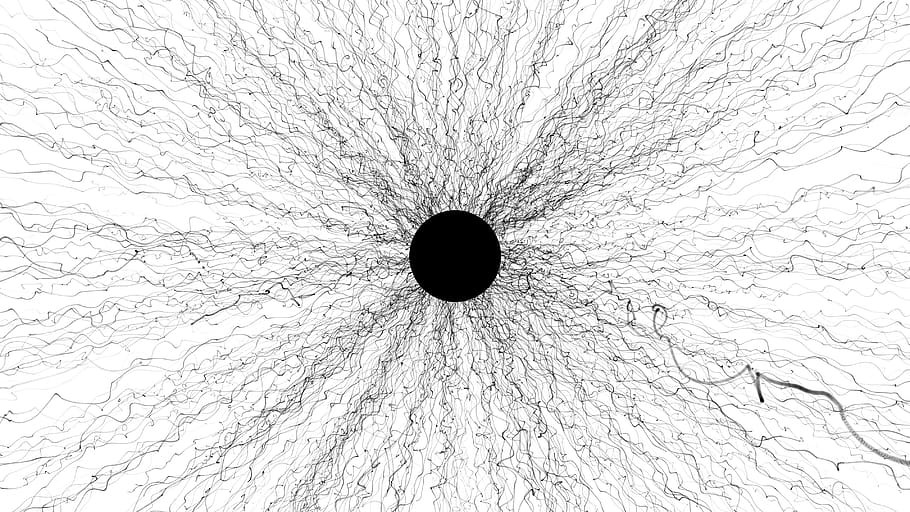Black holes are regions in the universe where gravity is so strong that nothing, not even light rays can escape. Once quantum effects are taken into account, one realizes they are nevertheless surrounded by particle radiation. This was discovered by British physicist Stephen Hawking. He attributed this radiation to black holes having a small but finite temperature with the particles forming their thermal radiation.
A very similar thermal particle radiation would be experienced by an observer travelling through the vacuum with strong acceleration (like that of a rocket) even though the vacuum is empty for an observer at rest. This effect is denoted the “Unruh-effect” after William Unruh who first described it.
Both effects have in common that to their description one needs quantum field theory not only on flat Minkowski space-time as formed by three dimensional space plus time. But it has to be generalized to curved space-times.
To understand this generalization in detail, it is essential to question the very foundations of quantum field theory and investigate how to generalize their various aspects. For example, one discovers that there is no objective notion of vacuum but that it depends on the observer.
Prof. Jorma Louko of Nottingham is a world expert for these questions. In April he will be visiting the Elite Graduate Program “Theoretical and Mathematical Physics” in Munich to teach a four day intensive course on these and related topics in detail.
In particular he will explain how specifically the detection of particle radiation depends on the notion of observer.
Black holes are not really black
All these questions are currently mathematical in nature: Real black holes (as that in the center of our Milky Way) and accelerations accessible to observations and experiment result only in microscopic temperatures far smaller than what one could measure with today’s technology. Still they pose fundamental questions about our understanding of nature such as what happens when black holes shrink and eventually disappear thanks to the emitted radiation. Does the information about everything that was once swallowed by the black hole finally disappear?
Text: Robert Helling, Elite Graduate Program "Theoretical und Mathematical Physics"


